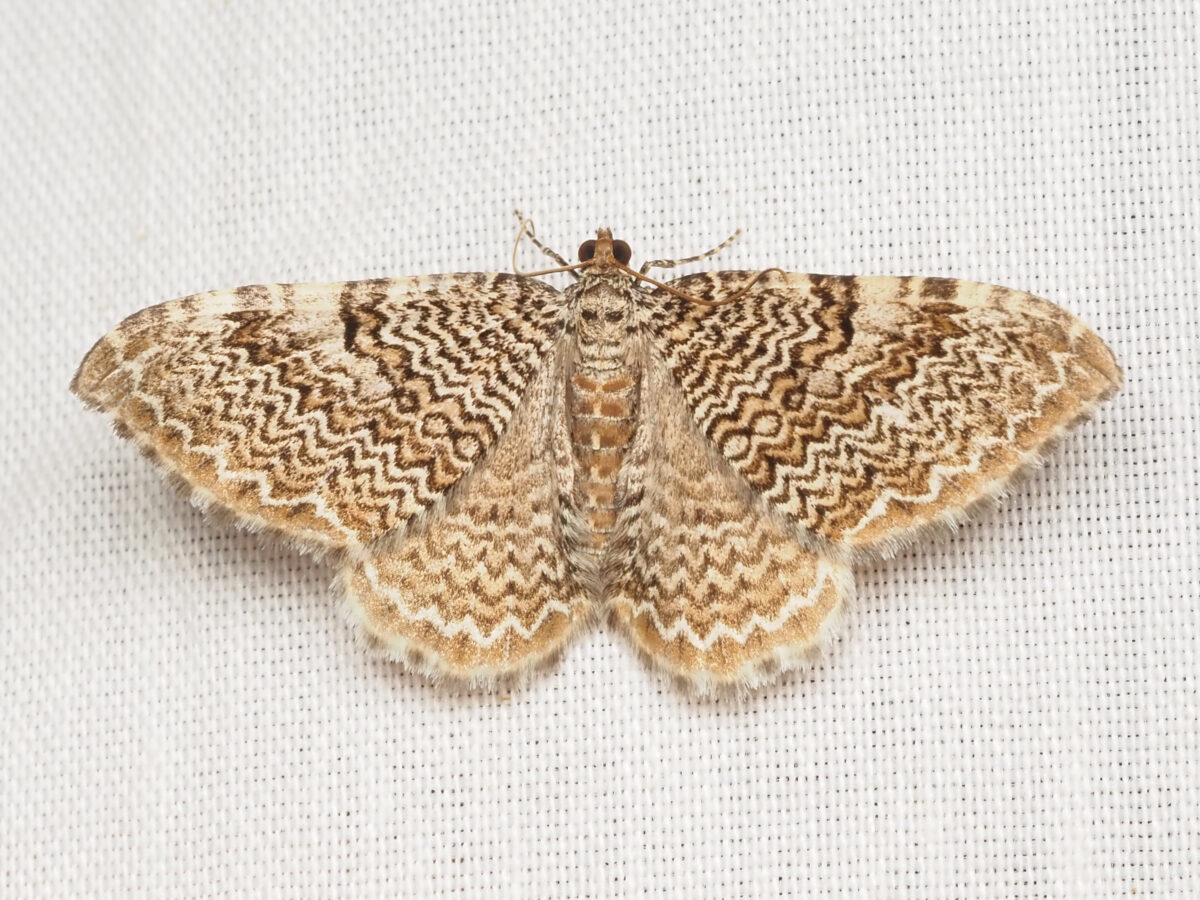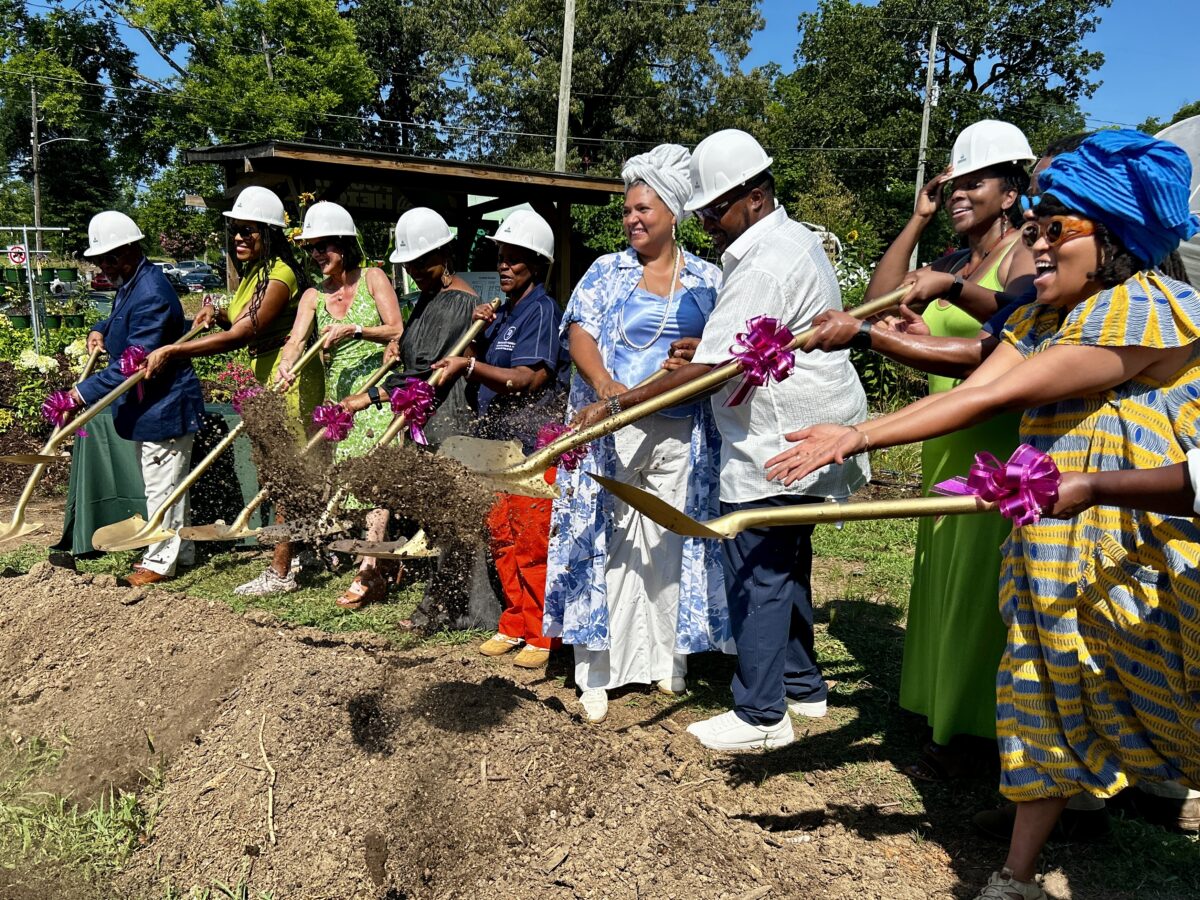Reviewed by: Sharron Swain
How you can get involved in wildlife watching + nature education efforts in Alabama
Reading time: 7 minutes
Sponsored

The Birmingham Audubon Society (now Alabama Audubon) believed 1946 was the year it was established. But, they were wrong.
Majorie White, with the Birmingham Historical Society, released a research paper in April 2021, describing how former Birmingham Mayor George Ward actually organized the group 21 years earlier in the Spring of 1927.
Oldest in Alabama

White’s discovery makes Alabama Audubon the oldest known conservation group in the state, surpassing the Alabama Wildlife Federation, which was founded in 1935.
The very first outdoor activity of the newly minted local chapter of the National Audubon Society was a walkabout in what is today Homewood near Lakeshore Drive.
Here is how White described their inaugural gathering:
“On May 13, 1927, the first ‘gunless bird hunt’ took place. Four carloads of bird lovers with notebooks and field glasses gathered at the then extant Edgewood Lake to scout for birds.”
Today, Alabama Audubon members learn about birds — online, taking walks, festivals and yes – piling in cars, maybe even a van to take a field trip to watch and discover birds.
Nature Education in Alabama

In this, our first installment in a three-part series about “getting back to nature”— environmental education in Alabama—we examine how watching wildlife can be a life-changing way to learn and experience our state’s natural wonders.
Our second story will connect you to Alabama Nature Centers. We will then conclude the series, introducing you to some of the best immersive, get-your-hands-and-feet-dirty nature programs.
“No matter where you go in the world, there’s going to be birds.” ~ Greg Harber, Alabama Audubon VP of Conservation

Every Christmas season, spring and fall, for 60+ years, like clockwork, members of Alabama Audubon and their families and friends gather together to count birds.
For birders, this seasonal event is in their DNA.
It is one of Alabama’s best wildlife watching traditions, and you don’t have to live in Birmingham or be an accomplished birder to participate.
Up to nine other bird counts organized by Audubon chapters and bird watching field trips are conducted statewide. Several hundred people, not all birders, usually identify between 80-160 species of birds.
Why Do Bird Counts Matter?

Bird counts are not only educational, they help track the health of bird populations in Alabama and across the country.
Citizen science at its finest, the purpose of the count is to track migrant and resident birds, types of species and the number of individuals for each species.
By tracking this information, bird conservation groups like the National Audubon Society, Cornell Lab of Ornithology, and others are able to cross-analyse the data to determine whether a bird species’ population is increasing or decreasing and why it is happening. Is it because of environmental factors, changes in habitat or shifting land use patterns?
All bird count data nationwide is used to create a snapshot of findings called the State of the Birds Report.
The most recent edition can be found here.
Want to participate? Visit Alabama Audubon’s “How to count” page.
Banding Birds

In addition to statewide bird counts, Alabama Audubon and its allies annually host bird banding at Historic Fort Morgan.
Held this year from April 18-22, bird banding provides an opportunity to educate the public about birds and bird conservation. The Fort Morgan banding station, which is open to the public, offers unparalleled access to researchers and close-up looks at a variety of bird species. For this year’s event, there were approximately 450 visitors and participants.
Why Bird Banding Matters

Many of the 450+ bird species in Alabama pass through the state on their annual migrations to and from the tropics and use Fort Morgan as a rest stop. Ensuring their survival is a top priority for birding groups.
The annual event allows researchers to capture and mark migratory birds by placing tiny, harmless metal bands on their legs before their release, providing insight into bird health, migration and life span.
This year the program banded 494 birds of 42 species and had 47 recaptures.
What is a recapture? It’s when a bird already has a leg band. While this is a very rare occurrence, it provides invaluable insights about the birds, their habitat and journeys.
“This is a special event in so many ways. We get to do research, collaborate with great partners and teach the public about truly amazing birds. We are thankful to have this excellent team working together at Fort Morgan, and especially to all of our friends and supporters who help make this event happen every year,” said Alabama Aububon’s Dr. Lianne Koczur, Science & Conservation Director.
Be on the lookout for next year’s coastal banding program in April 2024. Meanwhile, don’t miss Alabama Audubon’s monthly field trips and bird banding (last month they banded birds at Ruffner Mountain). Bookmark their event page.
Keeping a Watch on Sea Turtles

Birds are not the only critters that locals watch and protect.
One of the state’s most innovative programs is the Alabama Coastal Foundation “Share the Beach” program, which not only observes sea turtles, but helps keep these adorable creatures safe.
Each year, the program trains volunteers to educate local residents and tourists about Alabama’s sea turtles. From the Alabama/Florida state line, to the tip of the west end of Dauphin Island, Alabama’s sea turtles are monitored.
Here are some “Share the Beach” numbers:
- 48: number of miles of coastal shoreline monitored
- 480: number of trained “Share the Beach” volunteers
- 20+: outreach events annually


“Share the Beach works hard for the conservation of our nesting sea turtle population on the Alabama Gulf Coast through daily morning surveys, and marking and monitoring nests,” Sara Johnson, Alabama Coastal Foundation’s Share the Beach Program Director told Bham Now.
“But a huge part of doing that also means educating our communities, our residents and our visitors about what sea turtles need to nest successfully. We cannot provide the environment of a clean, dark, flat and quiet beach without the help and support of those around us, and education is key to making that a reality.”

Want to become one of the Share the Beach volunteers that guard and protect sea turtles? Volunteer or call their hotline at 1-866-Sea-Turtle (1-866-732-8878).
Additional Alabama Wildlife Watching Programs

As one of the most biodiverse states in the US, Alabama has countless wildlife programs and events to join..
Here are some to know:
- Festival of the Cranes in Decatur, Alabama: mid January
- Eagle Awareness – Guntersville State Park: January-February
- Ruffner Mountain Banding Program
- Wild Alabama-led hikes in the Bankhead and Talladega National Forests
- Alabama Wildlife Center
- Fresh Air Family
- Bioblitz Events at Little Canyon Field School, Turkey Creek Nature Creek and Freshwater Land Trust properties
Follow the Environmental Education Association of Alabama for additional details.
Next Up

Did you know Alabama has some of the best nature centers in the South and in the US? Watch this space for our second story in the “getting back to nature”—environmental education in Alabama series.
Sponsored by:



